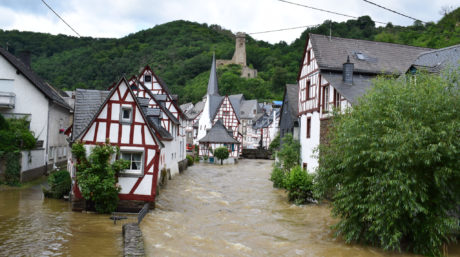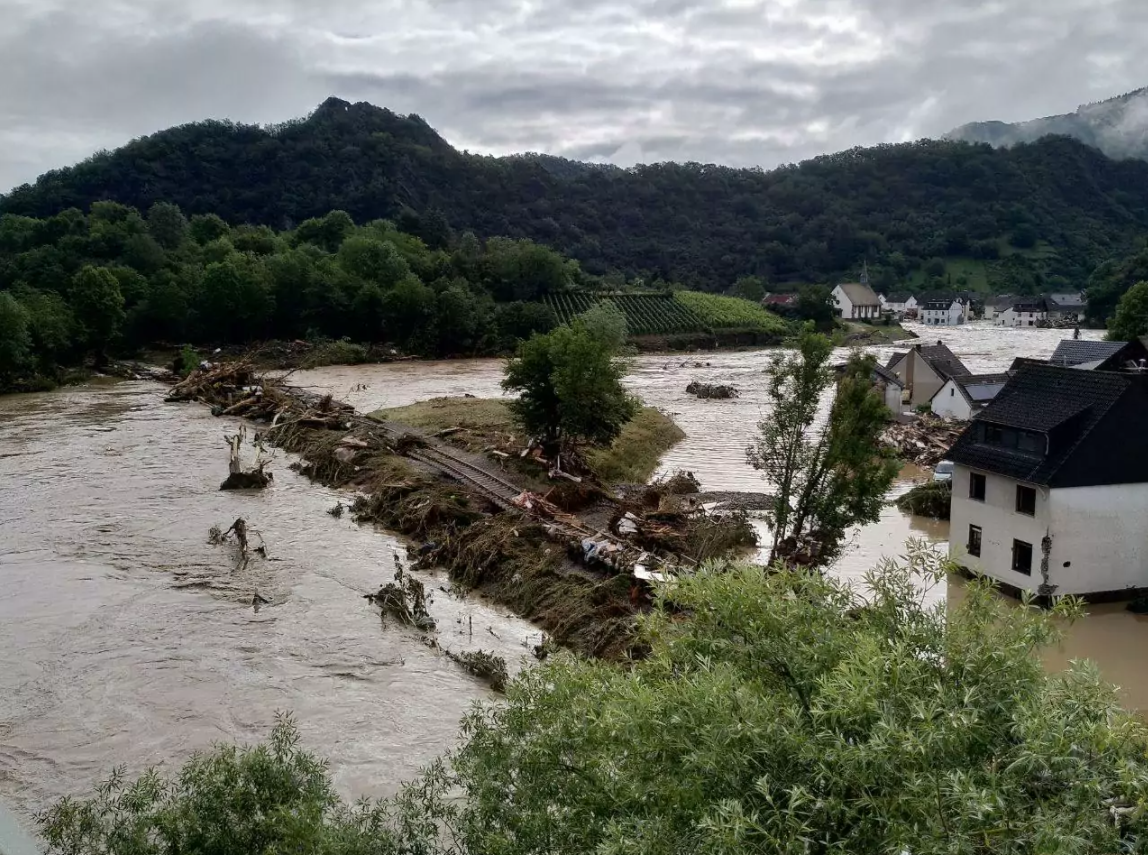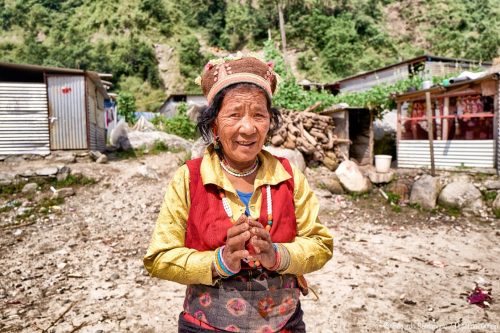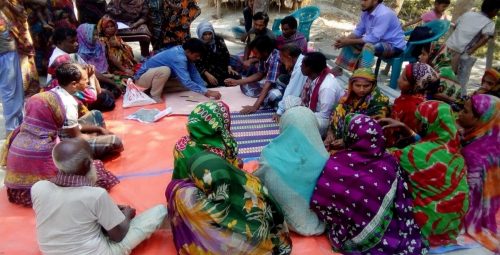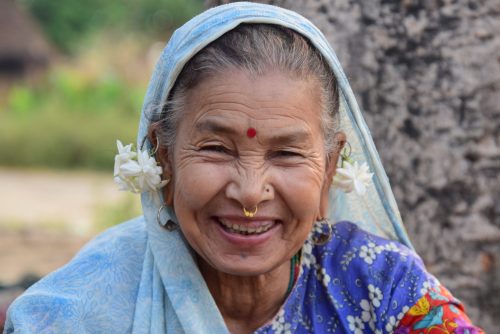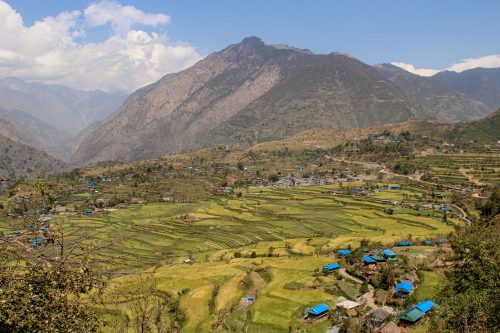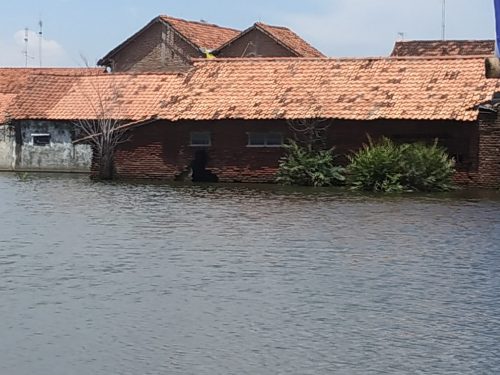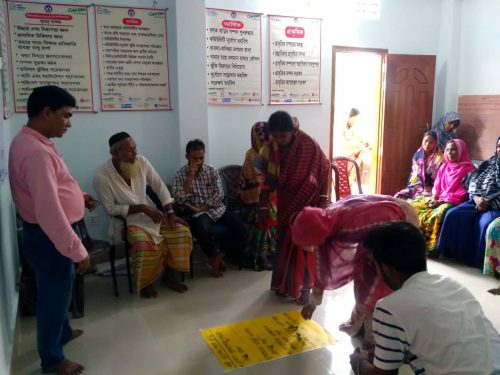Nature-based solutions restoring wetlands have the potential to significantly reduce local flood peaks
By conducting and recording a virtual community visit Plan International has proven that travel restrictions in the wake of COVID-19 don’t necessarily mean we can’t visit the communities and people we work with.
Learning lessons from the devastating flooding in Western Europe and China – and raising awareness of the importance of flood risk reduction activities and the long-term consequences of inaction – should be seen as a necessary investment in our future, write Swenja Surminski and Viktor Rözer, as they draw out particular lessons for Germany.
Can we answer these questions about effective gender equity and social inclusion in our teams and programmes?
Effective gender equity and social inclusion (GESI) work in disaster risk reduction requires understanding, time, resources, commitment and accountability. It’s about the active engagement and empowerment of social groups that experience disproportionate effects during disasters.
Concern Worldwide are working with communities in Bangladesh to understand and enhance their flood resilience. An innovative approach to creating Community Resilience Vision Statements has been key to their achievements. Learn more in this blog.
What do we mean by gender equity and social inclusion? And why does it matter for community flood resilience? This blog explores these complex concepts, and will soon be followed by part two – with practical questions to guide reflection to help make our work more equitable and inclusive.
At Asia Pacific Climate Week Mercy Corps and partners within and beyond the Zurich Flood Resilience Alliance brought together a session discussing what transformation in locally led adaptation looks like in practice. This blog is a summary of the ideas and experiences shared and recommendations arrived at in this session.
Mercy Corps Indonesia is working closely with stakeholders in Pekalongan to develop integrated urban water resource management that delivers flood resilience in a changing climate. We shared our experiences during an Asia Pacific Climate Week event which this blog is based on.
Find out how Community Resilience Action Groups (CRAGs), community based volunteer groups, are contributing to the flood resilience of communities that Concern Worldwide are working with in Bangladesh as part of the Zurich Flood Resilience Alliance.

